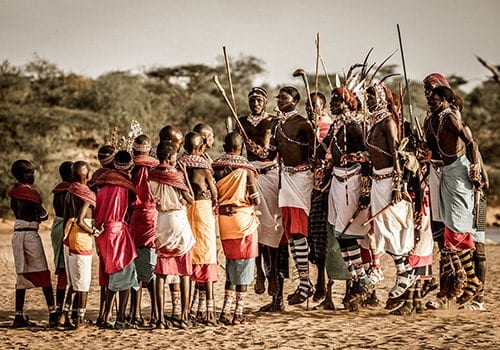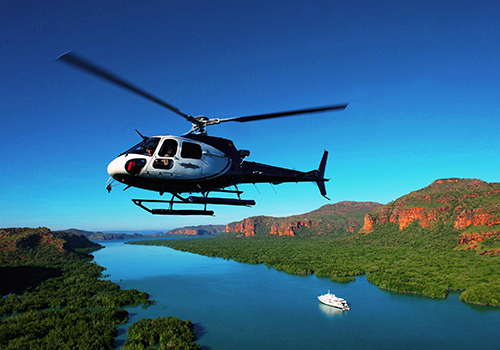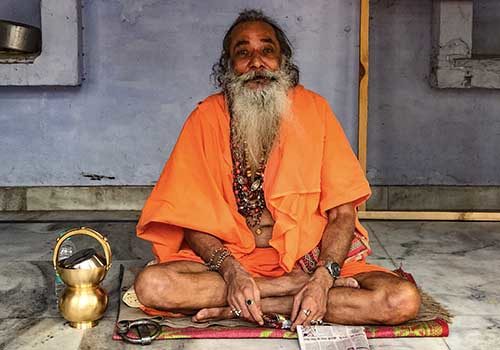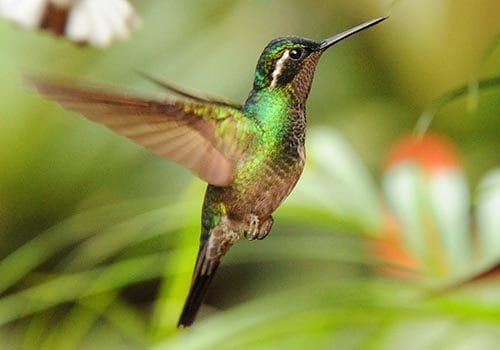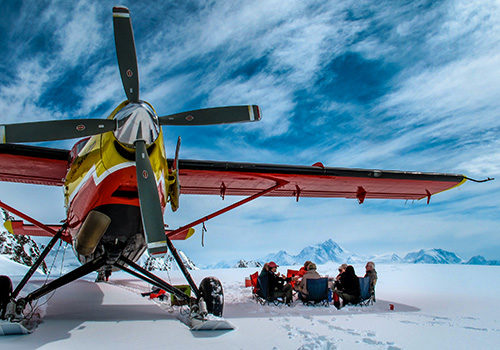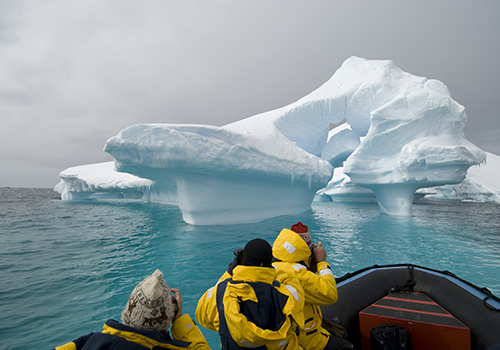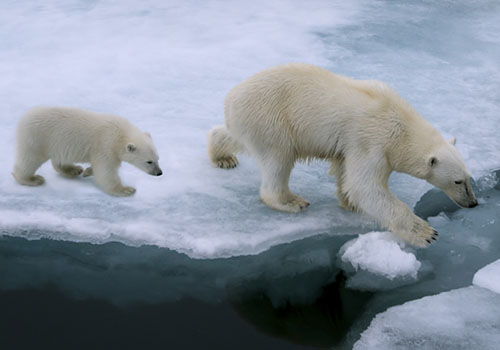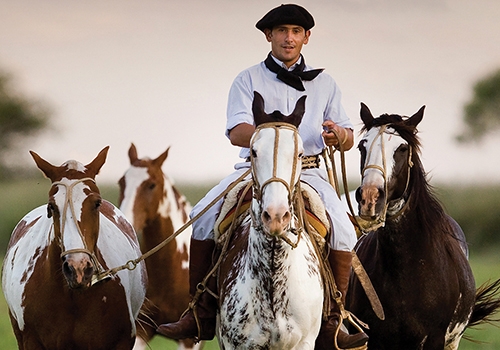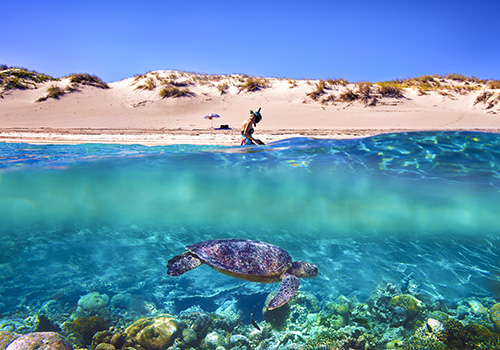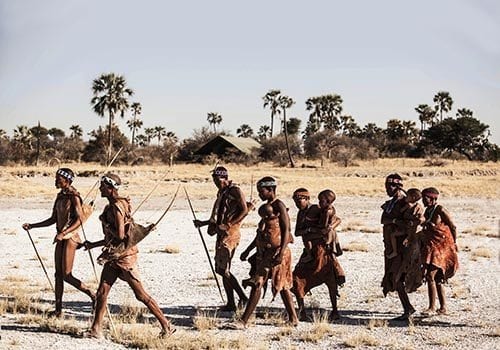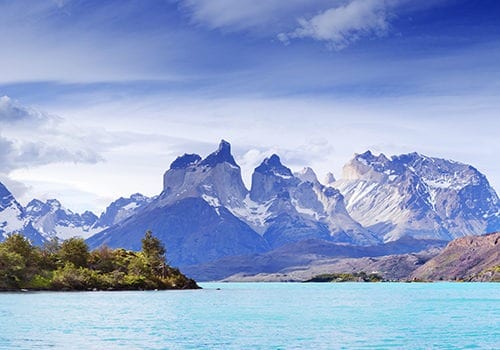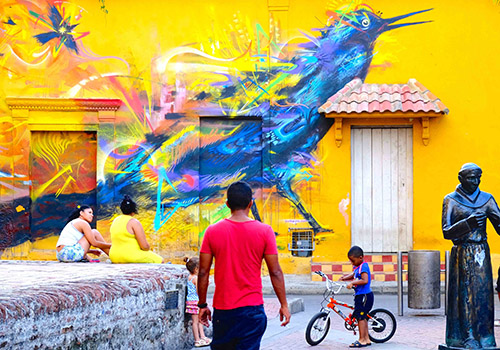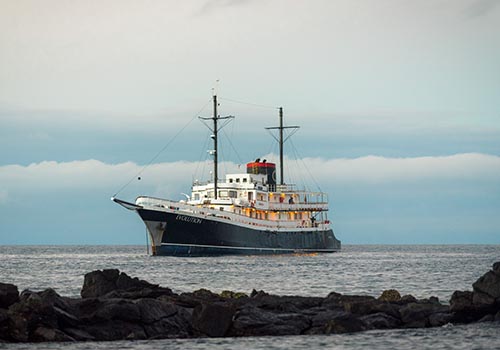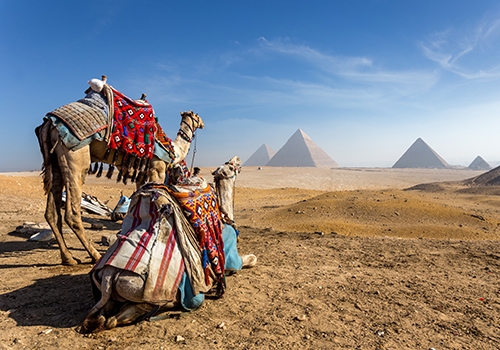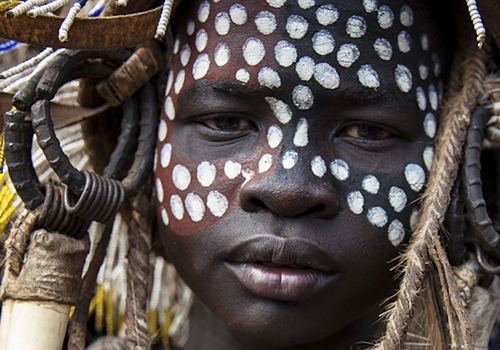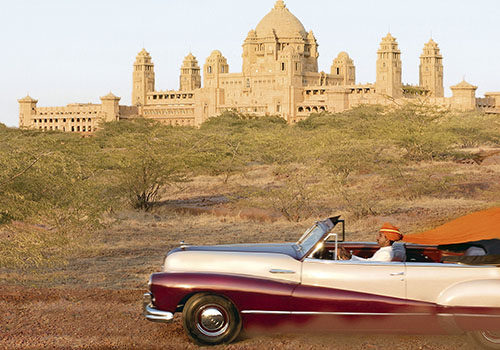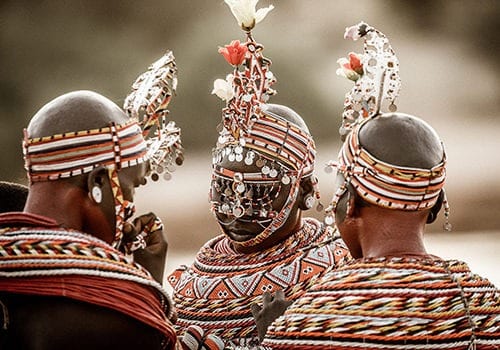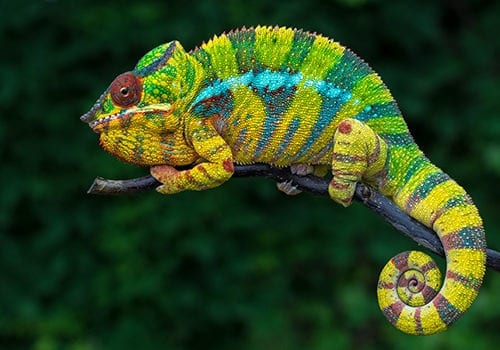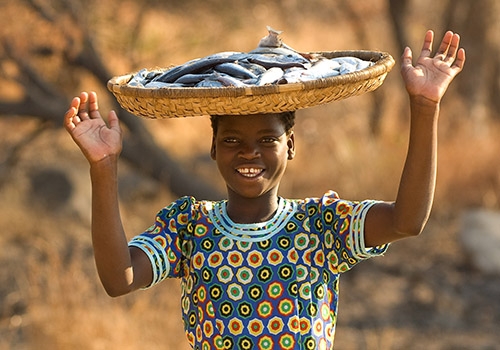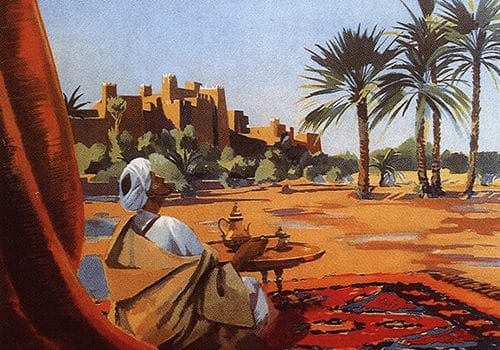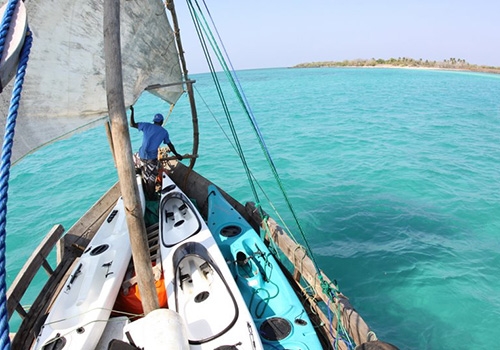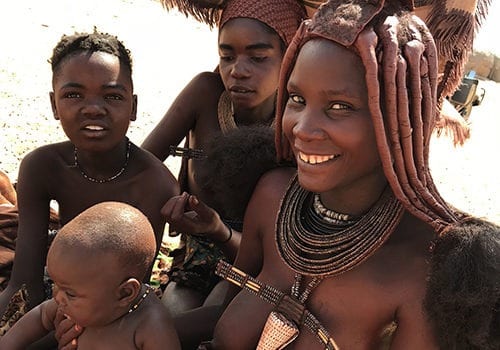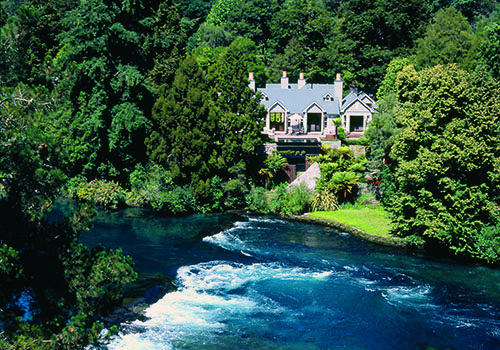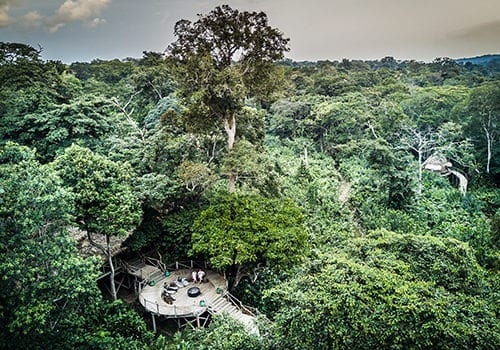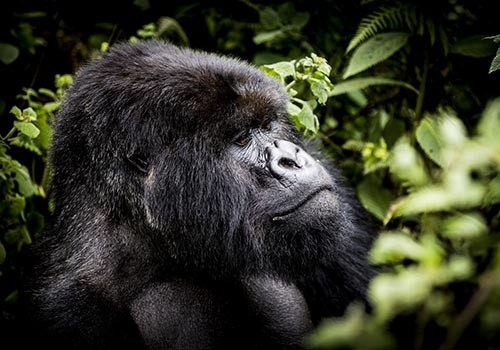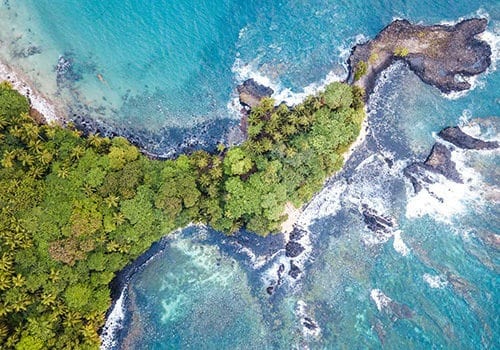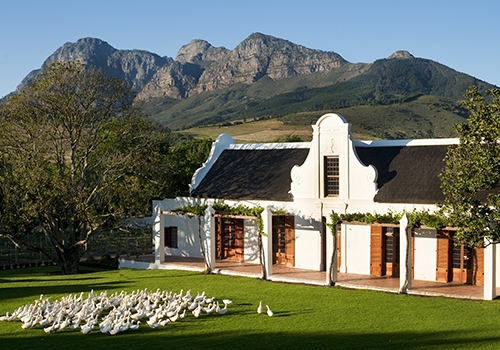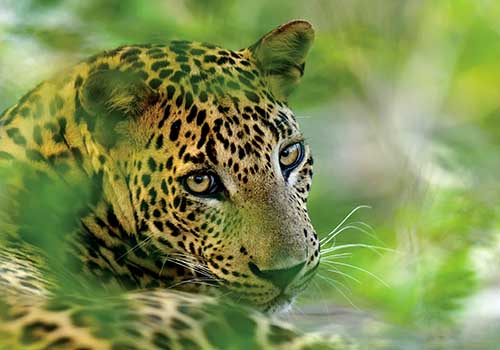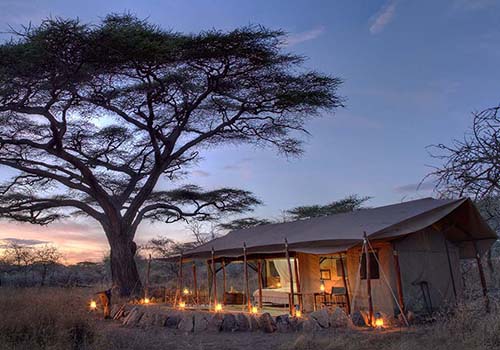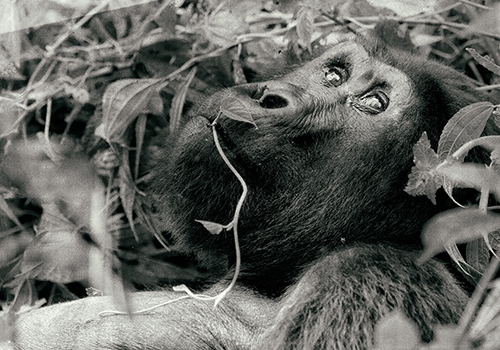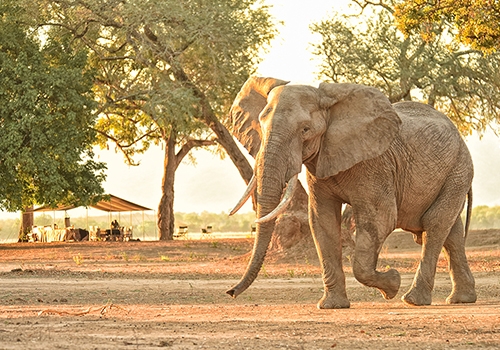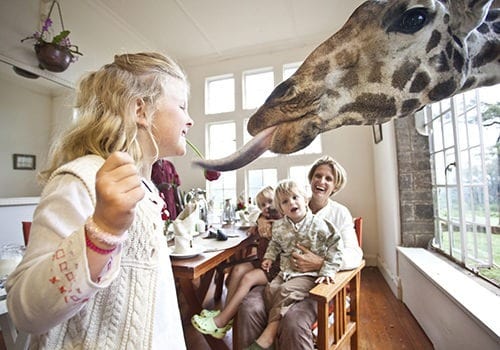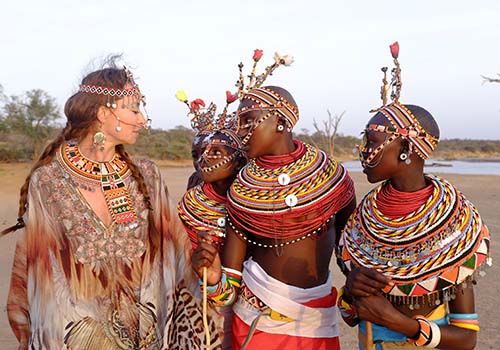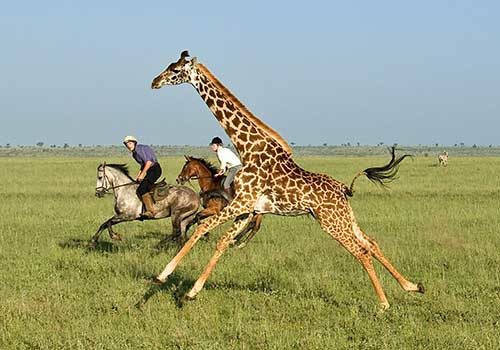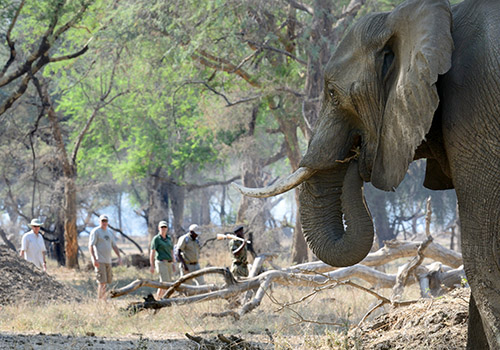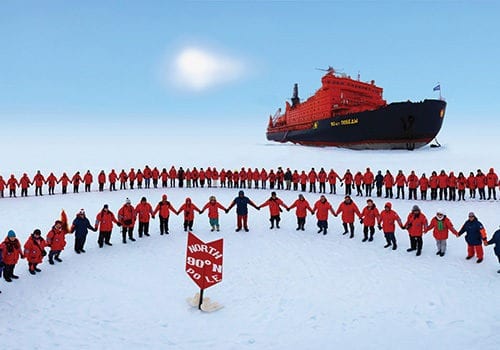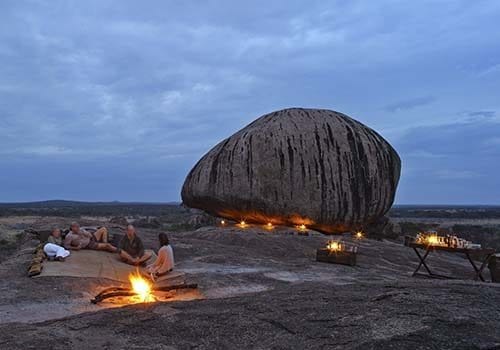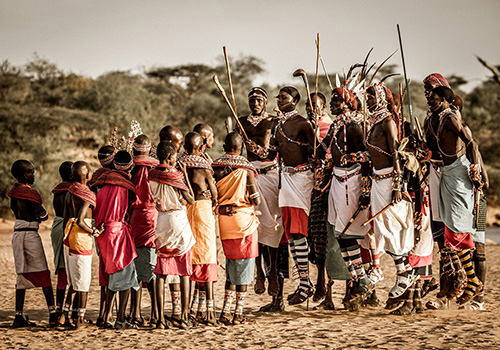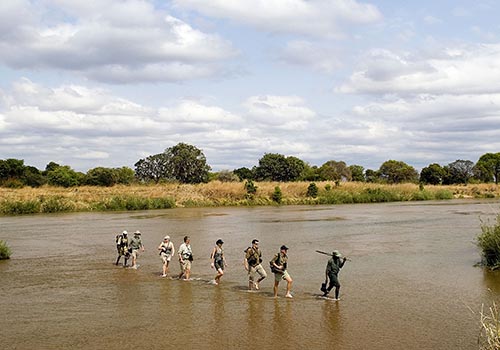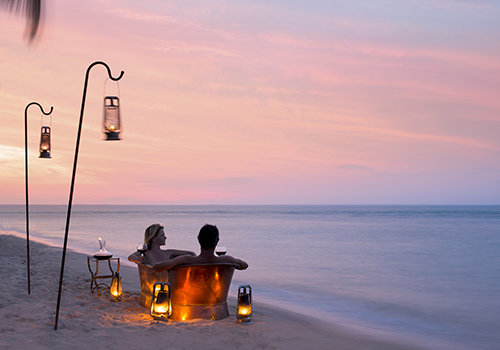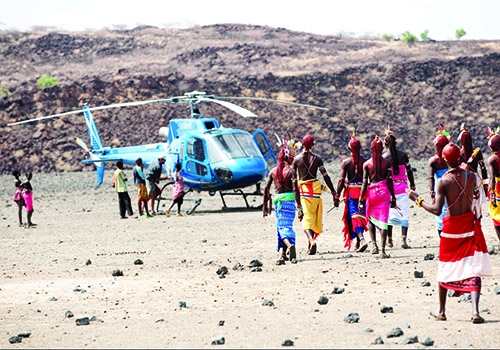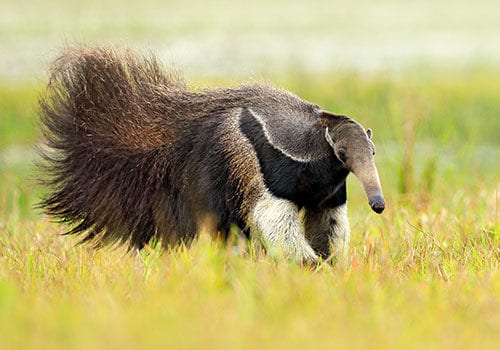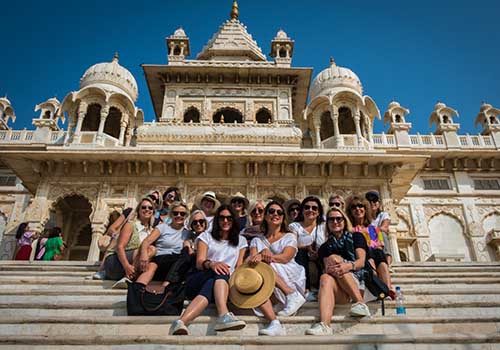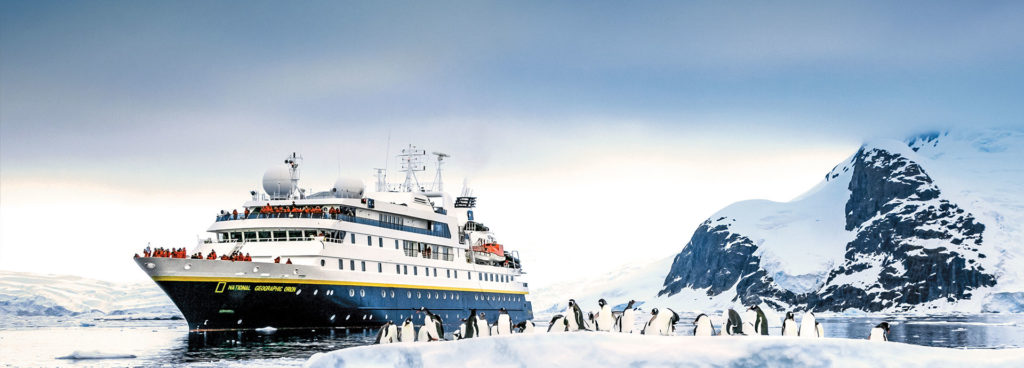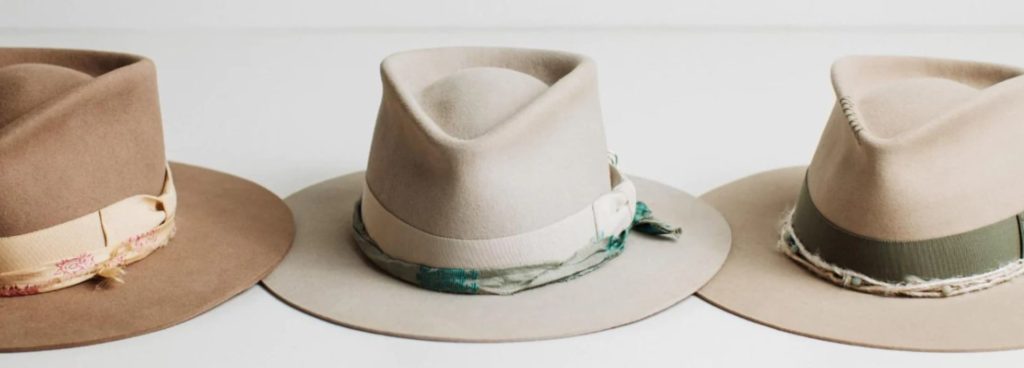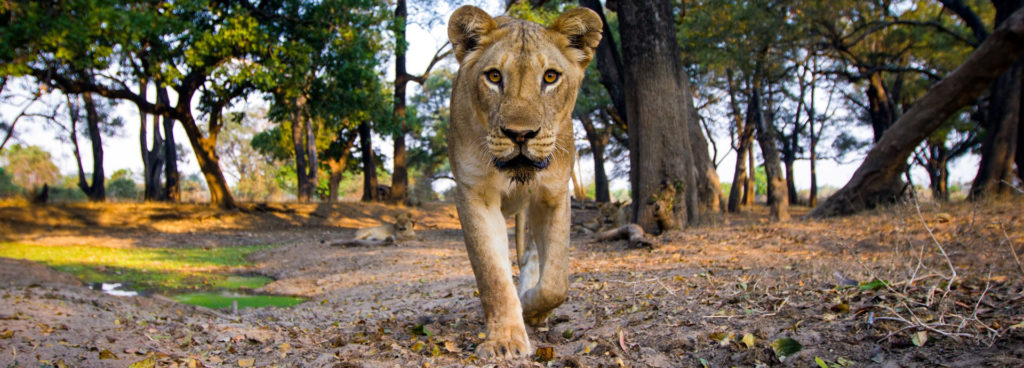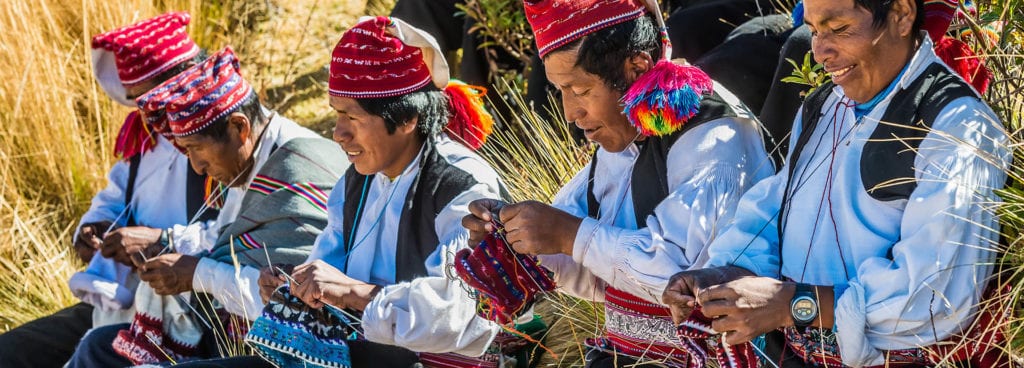DISPATCHES FROM EXOTIC LANDS
From seasonality and scenery to dung beetles, dust and wild dogs, there are so many reasons why we think Botswana is one of the best destinations on the planet for photography. In this blog we highlight a handful of the country’s many merits and address the questions we are often asked by photographers….
Calm, relaxed wildlife
Botswana’s zero tolerance for firearms means that the wildlife across the country is wonderfully relaxed in the presence of vehicles. This facilitates some fantastic photographs with picture-perfect poses and time aplenty for photographers to adjust their settings and achieve accurate framing and focus.
Immense diversity
Photographers can expect to capture anything from big cats, wild dogs, rhino and pangolin to brilliant birdlife, colourful beetles and blooming lillies. In addition, very few countries can offer landscape diversity like Botswana. The eerie moonscape of the Makgadikgadi Pans defies any sense of time or scale and contrasts wonderfully with the watery paradise of the Delta and the predator-rich grasslands of the Kalahari. Each region offers something special and photographers can be sure of a well-rounded experience.

A year-round photographic season
Botswana has a subtropical climate that sees distinct seasons. In the dry months animal concentrations are high near the water sources, providing tense encounters and some dramatic footage under the dusty sky. In the wet season the clear blue sky compliments the lush landscape and young are born to a backdrop of blooming flowers. Storms can roll in with dramatic visual effect and as they pass, the light is warm and golden – the classic ‘green season glow’. Whenever you travel there will be some stunning subject matter – it just depends on the type of images you would like to capture.
Elephant abundance
Chobe National Park supports the largest elephant populations in the world, currently estimated to exceed 120,000 animals. With such high concentrations encounters are virtually guaranteed and the photographic opportunities are limitless, especially as they congregate photogenically on the banks of the Chobe river to drink and bathe.
Water, water everywhere
The wildlife-rich waters of the Okavango Delta are a UNESCO World Heritage Site and the beauty of this wetland ecosystem is truly amazing. The colours are intense with the azures and emeralds of the water, sky, reeds and lillies fluttering with dazzling birdlife, frogs and insects and the stillness means reflections are crystal clear. The unexpected beauty of water for most photographers is the mekoros (dug out canoes) used to navigate the narrow, shallow channels. Gliding gently through the water enables close encounters with otherwise timid birds since there is absolutely no engine noise and very little movement.
Top notch facilities
Botswana has set the scene for countless National Geographic and David Attenborough documentaries and its profile amongst creatives and filmmakers is exceedingly high. As a result the best photographic itineraries, facilities and guides can be found here. Whether you’re looking for tuition from the comfort of a luxury lodge, a guided instructional itineraryor an underground hide from which to capture that perfect shot, the photographic prestige of Botswana is palpable.

